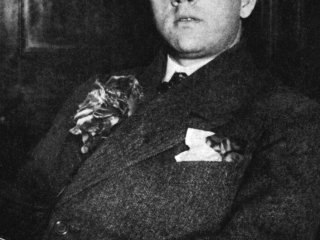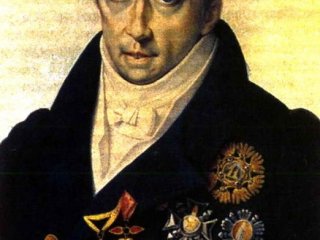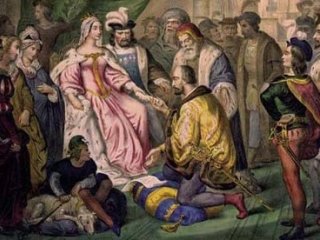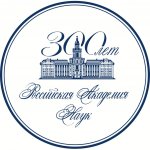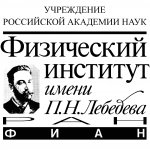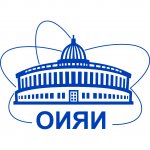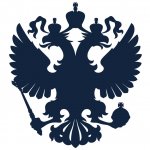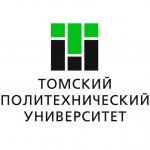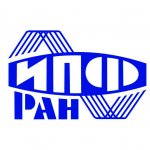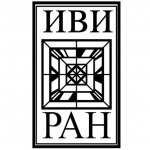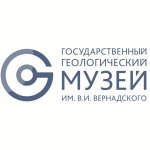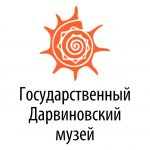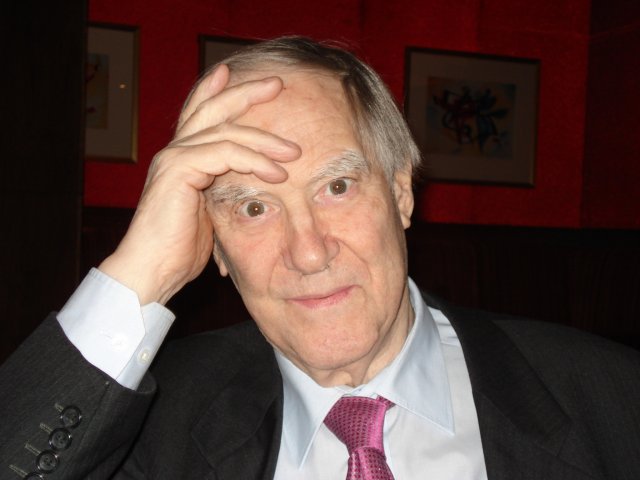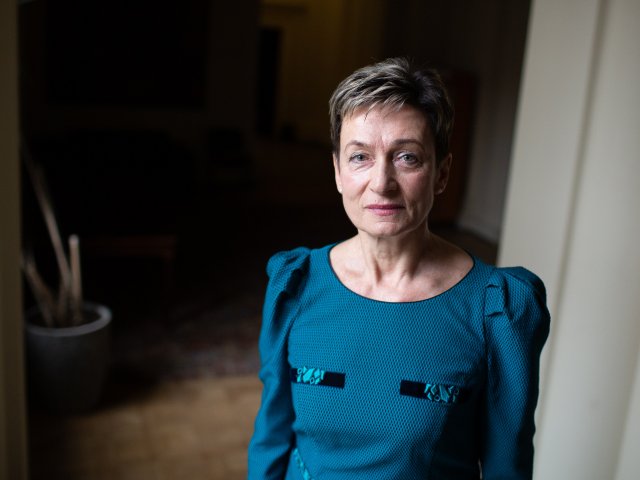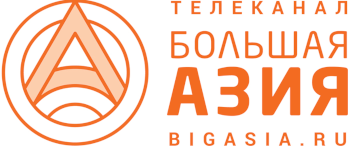
In 1921, leaders of the Soviet Russia reasonably decided to re-establish the scientific ties with Western countries that had been broken due to the war and revolution, and a special commission of the Russian Academy of Sciences was sent to Europe. Physicist Pyotr Kapitsa came to the UK as a member of this delegation. Academician Abram Ioffe asked Rutherford who was at the head of Cavendish Laboratory in Cambridge to recruit Kapitsa for an internship. Rutherford refused referring to absence of vacant jobs. However, Kapitsa was hard to discourage. “Excuse me, professor, what tolerance do you adopt for your experiments?” “Three percent,” answered Rutherford looking perplexed. “How many people work at your laboratory?” “Well, about thirty employees.” “May I fall within the limits of your tolerance then? You will not even notice that I am working for you.” Rutherford hired Kapitsa, but it was impossible not to notice the Russian scientist’s work. It was so successful that Rutherford even managed to obtain a special subsidy for it. In November 1930, the Council of Royal Society decided to allocate 15,000 pounds for the construction of a special laboratory for Kapitsa. It was named Mond laboratory – after industrialist and philanthropist Mond. The opening ceremony was held on February 3, 1933. “We are happy to have professor Kapitsa working as director of laboratory in Cambridge. He successfully combines the skills of physicist and engineer. We are sure that under his skillful guidance the new laboratory will contribute to the process of natural processes cognition,” leader of the Conservative Party and future prime minister of the UK Stanley Baldwin said in his opening speech.
